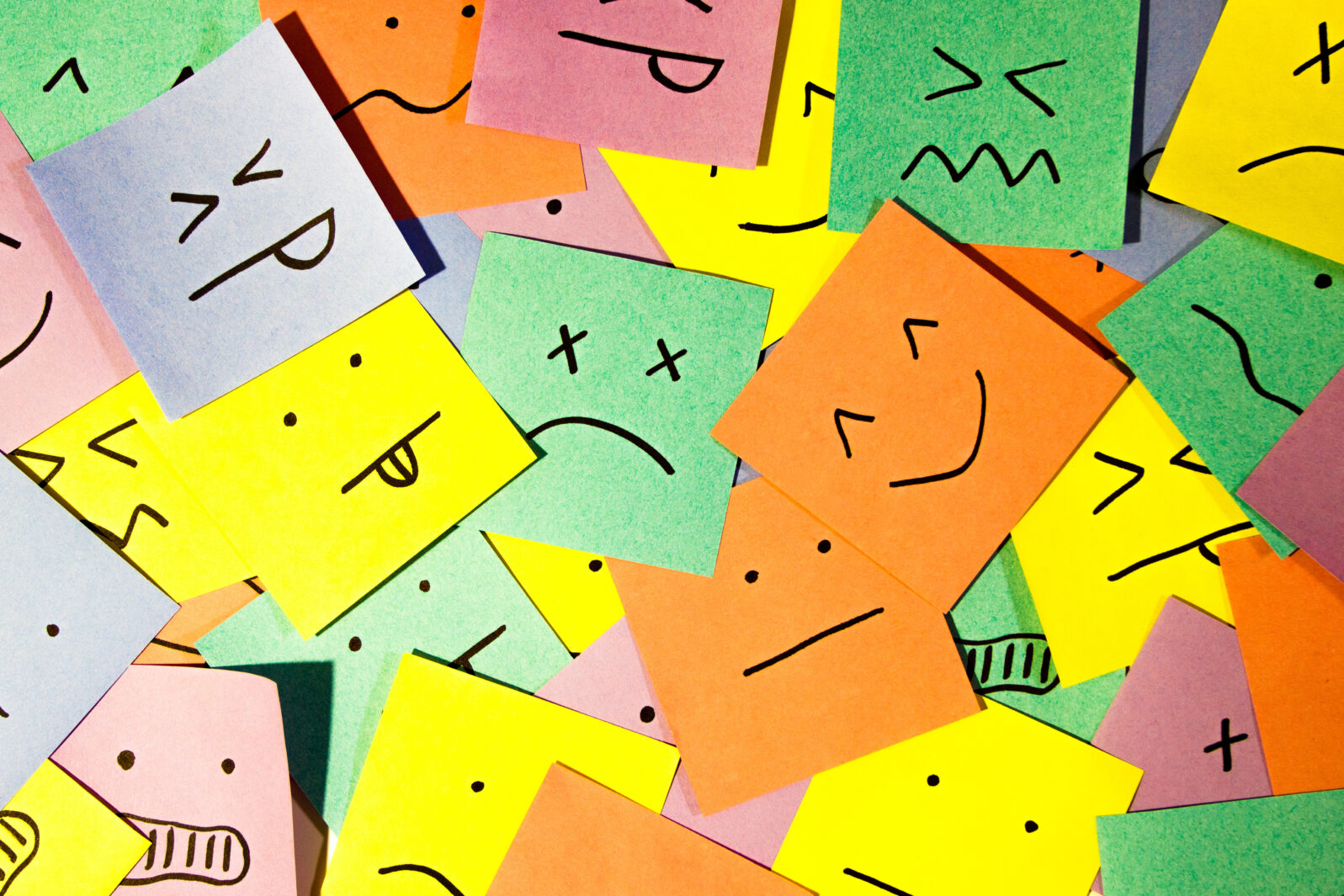Study: The Expression of Human Emotions Is Universal
Most representations in visual arts depend on the universality of human emotionMost of us wouldn’t be surprised to learn that the expression of human emotions is universal. But today there is a study for everything and 16 “universal human emotional expressions” have been identified:
Whether at a birthday party in Brazil, a funeral in Kenya or protests in Hong Kong, humans all use variations of the same facial expressions in similar social contexts, such as smiles, frowns, grimaces and scowls, a new study from the University of California, Berkeley, shows…
Researchers at UC Berkeley and Google used machine-learning technology known as a “deep neural network” to analyze facial expressions in some 6 million video clips uploaded to YouTube from people in 144 countries spanning North, Central and South America, Africa, Europe, the Middle East and Asia.
UC Berkeley, “The 16 Facial Expressions Most Common to Emotional Situations Worldwide” at Neuroscience News
While such findings are reassuring, they shouldn’t be a big surprise. After all, we all have the same basic physical equipment with which to express genuine emotion.
What about fake emotion? One interesting fact is that, when actors are required to portray an emotional scene in a play, they are encouraged to remember a time in their own lives when they experienced a similar emotion. It’s simply assumed that, if we have acting ability, we can accurately portray an emotion to a broad audience, provided we have accurately recalled it.
Suppose an actor must portray the grief of a son after his beloved mother dies. Now, as it happens, the actor’s own mother is alive and well and living in Florida with a second husband. So, following a conventional approach to his trade, the actor thinks himself back into the time when a beloved teacher suddenly died at his school—and he and other students felt bereft. That enables him to recall and summon up genuine emotions in order to play his part well.
The actor needs that skill. In the play, the character whose death the actor is mourning is actually played night after night by a woman who, like him, works part time at the theater and part time at the local diner. Both of them are playing roles that may be entirely unrelated to their real lives.
It all works—and may very well work in front of a broad, international audience—because the expression of human emotions is universal. It can even be learned and replicated.
For example, here’s a famous scene (because actors in the Shakespearean are sometimes understood best by how well they portray it) when Hamlet, prince of Denmark, discovers the skull of a man he knew as a child:
We can try to understand art and literature from cultures that differ from our own largely because we all express emotions, broadly speaking, in the same way.
Note: A subscription is required to view the research paper.
You may also enjoy:
Claim: You have just six emotions. It would be easier for the machines if you did have only six emotions.
